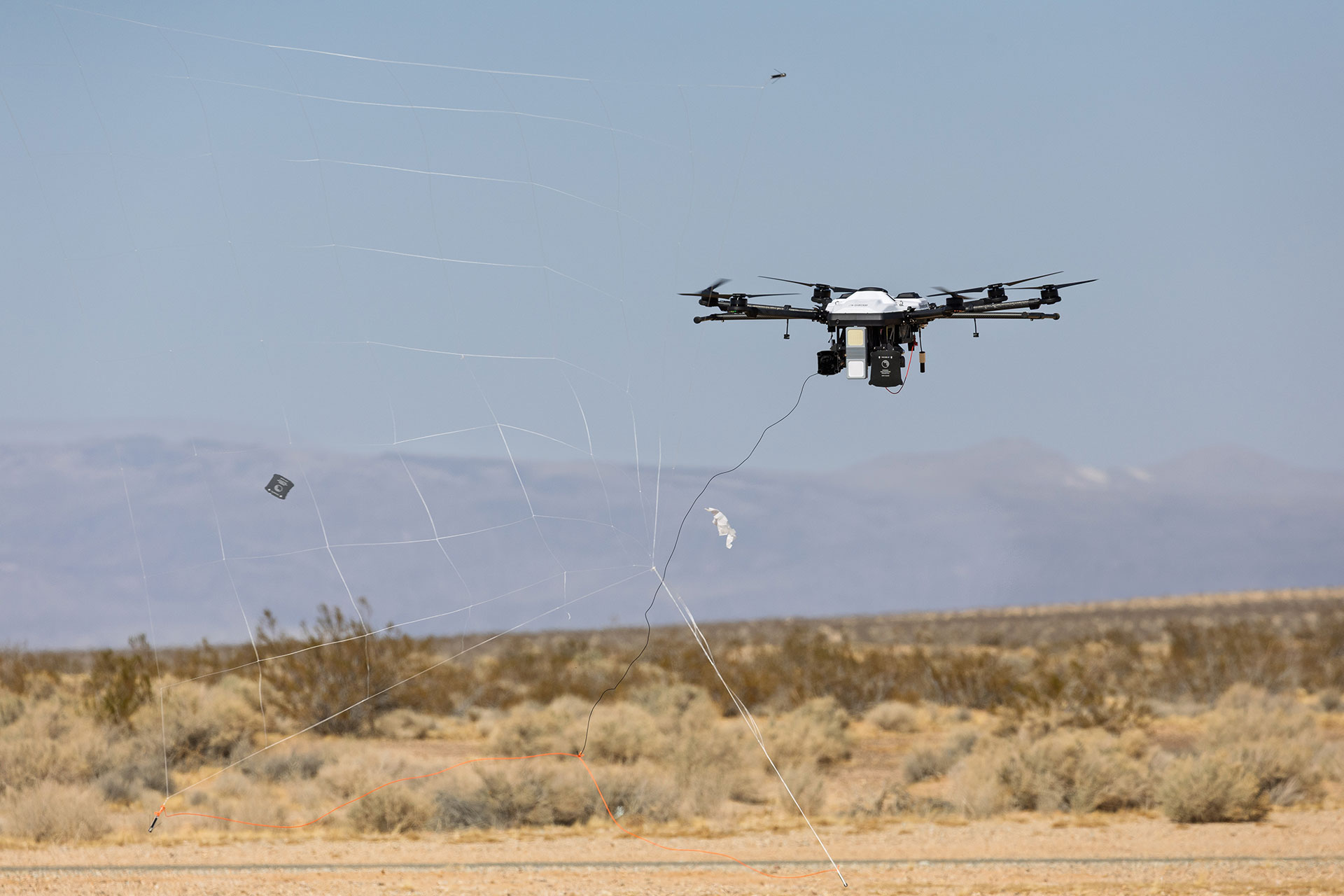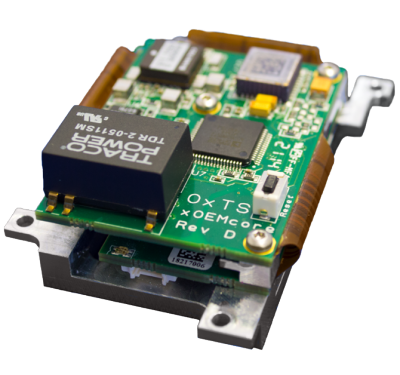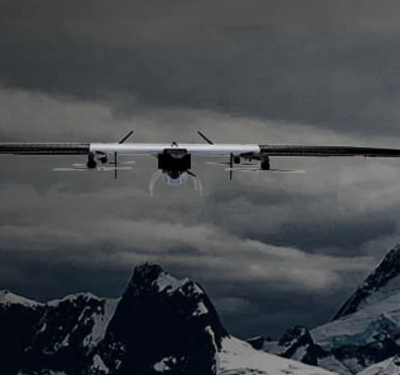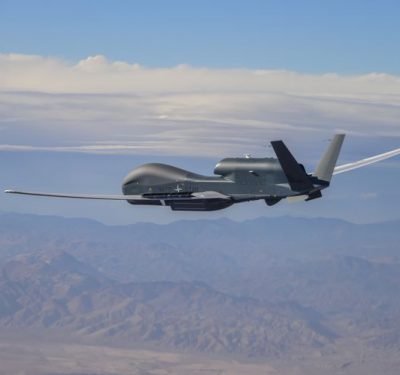As the threat of small Unmanned Aerial Systems (UAS) continues to evolve, Lockheed Martin is demonstrating a new approach to counter these emerging threats. A recent field event marked the first in a planned series of showcases featuring a scalable, layered defense system, designed to detect, track, identify and defeat UAS.

This modular, open-architecture solution combines combat-proven command and control with Artificial Intelligence (AI)-enabled detection and track software, low-cost sensors and an increasing array of effectors. The solution has been architected to facilitate rapid deployment and seamless integration with other systems.
“Integrating diverse sensors through a user-optimized command and control (C2) system helps simplify threat identification, and we have the complementary technology offerings to convert collected data into actionable information,” said Tyler Griffin, C-UAS director at Lockheed Martin. “Our open architecture approach offers an agile, layered defense solution that accelerates outcomes relative to this dynamic threat. This foundational demo highlights how we can deliver the mission today and sets the stage for what Lockheed Martin and our partners will deliver in weeks and months ahead.”
Key Highlights:
- Modular Design: An open systems approach allows for rapid integration of best-of-breed sensors, effectors and C2 enhancements, providing flexibility and adaptability for dynamic threat evolutions.
- Advanced AI: AI-driven software, based on extensive real-world operations, enhances threat detection, tracking and mitigation capabilities, bolstering operator efficiency against individual threats and swarm raids.
- Rapid Scalability: The solution is designed to simplify collaboration with partners, to ensure staying ahead of the threat curve.
Demonstration Success: Lockheed Martin and its partners successfully showcased the ability to detect, track and perform mitigation techniques against a mix of small UAS, including individual targets and incoming drone swarms.
Why it Matters: Rapid coordination is critical with only a few minutes to detect, track and defeat a swarm. Sensors capable of tracking many small, low-flying drones must be able to instantly communicate with a command and control system that sorts targets, matches them to interceptors and manages dozens of simultaneous engagements.






